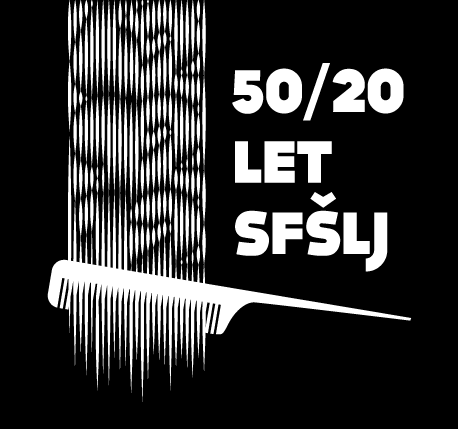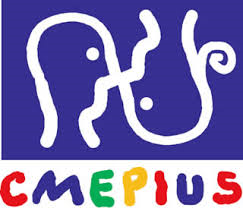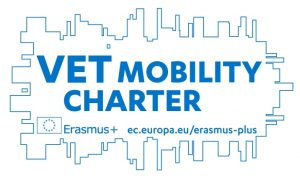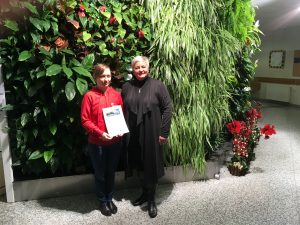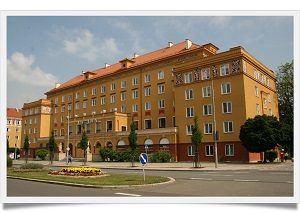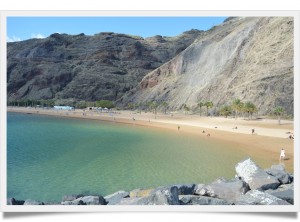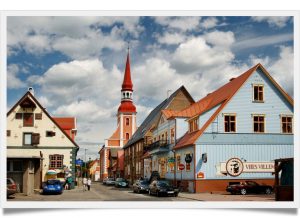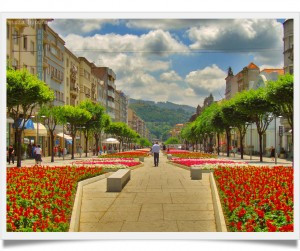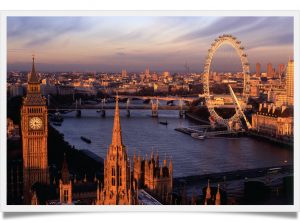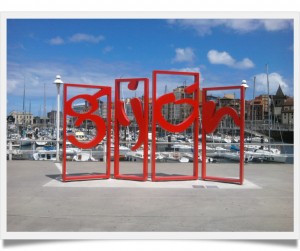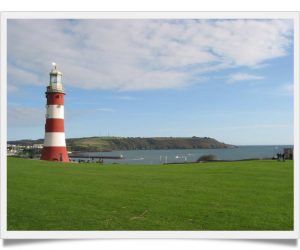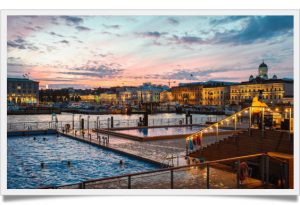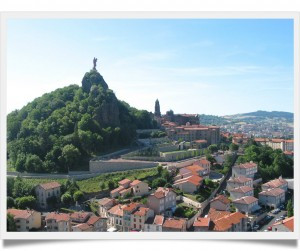Student mobility
The Ljubljana Secondary School for Hairstyling
has been successfully participating in international mobility projects since 2011 (LDV, ERASMUS +).
Currently, we are cooperating with schools and agencies from Finland, Italy, France, Spain, Austria, Hungary and Portugal.
On 24th November 2017 our school was awarded Erasmus+ VET Mobility Charter by the National Agency Cmepius.
Student mobility 2017/2018
Student mobility 2016/2017
Slovenian educational system
Hairstylist 3-year vocational course
Hairstyling is a career that never goes out of fashion, whether working as a hairdresser in a salon, opening your own salon or working in the theatre, film or television world.
The course at The Ljubljana Secondary School for Hairstyling can prepare you for a successful career in this competitive beauty industry by studying at school and learning on the job.
You will learn everything you need to know about working in a salon, cutting women’s hair, barbering, how to consult correctly with clients, how to effectively shampoo and condition the hair and scalp. You will study colouring, lightening and perming hair to deliver a variety of looks. You will be able to develop your skills working with hair extensions, wigs, make-up and manicure. Along with a choice of optional units, this qualification (NVQ) will give you the skills and knowledge you need to work in this exciting industry.
As this course is both practical and theory-based, you will complete continual assessment over the course including written tests, assignments, practical observations and the final examination.

On 1 September 1962, the Centre for Vocational Schools opened on Dunajska Street in Ljubljana. Within the Centre, a unit for the education of hairdressers – the Vocational School for Hairdressing and Barbering – was allocated premises as well. In 1963, the School eliminated the apprenticeship system and began to educate future hairdressers in a three-year program.
Accentuated volume and elegant, very sophisticated and neat lines marked the main types of hairstyles of the 1960s. Hair was always wound on rollers and shaped with strong backcombing. This emphasised volume and formed short, strong, but still soft feminine lines. Hairstyles always had to seem tidy. Vidal Sassoon made the biggest conceptual shift in hairdressing in the sixties. He started to introduce exact geometric haircutting with scissors, which made it possible to create a completely new line of hairstyles and offered hairdressers entirely new possibilities for creative design (the five point cut and bob lines).
The whole point of the new geometric precision cutting was the fact that the hair cutting itself allowed for hair to have a good structural form, considering the natural fall of the hair and the principles of geometry. This enabled hairdressers to create new fashionable lines of hairstyles. There was no longer a need to curl hair on rollers and customers were able to freely shape their own hair themselves, because this was easily done with a blow dryer and brush. At the same time, these new hairstyle forms symbolically reflected the increasing emancipation and independence of women.

In September 1992 there was another turning point. The Ljubljana Secondary School for Hairstyling became an independent hairdressing school and gained its own premises at Litostrojska Street in Ljubljana. This was a very big step for the profession, because in this way the school gained autonomy and was able to develop independently. Since then the vision of the school has been to become a high-quality educational institution in the field of hairdressing and a strong professional development centre, open to the outside and connected with its social partners and environment.
For this anniversary, we designed some distinctive hairstyles from the nineties. Their most striking feature is the shift from the fairly tidy, voluminous hairstyles of the eighties to the soft, fringed lines of the nineties. The nineties brought new social realities, economic prosperity, and progress, which were reflected in the fashionable hairstyles of the time as well. They became soft, mischievous, and easy to maintain, so that women did not have to pay so much attention to creating their hairstyles at home – the “wash and go” concept. The hairstyles reflect the idea of freedom and cheerfulness. Therefore, the cutting technique is soft, choppy, and layered. The typical image of these hairstyles is definitely the character of Rachel from the Friends TV series. Also characteristic of this period is a distinct reduction in hair volume, apparent in the increasingly sophisticated procedures for relaxing hair with chemical or thermal straighteners. Such hairstyles do not have volume on any area of the head, whether the hair is short, medium-length, or long.

We have marked our present perspective and vision for the future with a futuristic hairstyle from the current decade. Modern hairstyling is increasingly associated with art, sculpture, music, etc. There is a strong emphasis on the technically perfect cut as the basic form of a hairdo, along with styling that goes beyond the wearable and extends the scope of the sculptural. And this is where we see the inspiration for our work. The future of hairstyling is namely envisaged in high-fashion hairdos, which are actually unwearable, we could even say useless. However, in them we can see the birth of new forms that challenge gravity and exceed the classic aesthetic orientations in the fields of colour, shape, and texture. Therefore, they are modern forms, sculptures, and spatial installations that inspire with their new and different aesthetics.

Logo, which was developed in honour of these impressive anniversaries, consists of several layers. The vertical lines represent swept hair, which reflect the key years (1962, 1992, 1912) we are celebrating this year at The Ljubljana Secondary School for Hairstyling. Next to the graphic sign, an inscription briefly summarises the double anniversary of the school and the school name. The logical direction of the comb (top to bottom) illustrates the “review” over time. The length of the hair connects the passage of time. The graphic symbol makes use of op-art raster stylisation, which acts three-dimensionally and is particularly striking in its contrast.
